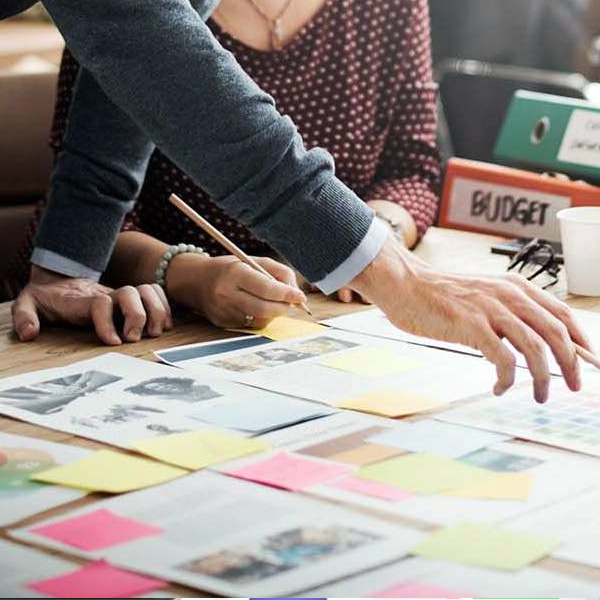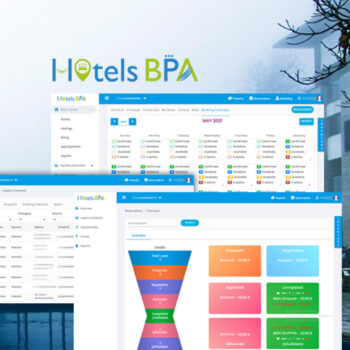Project Description
Project Services encompasses many different skills and disciplines in the production and maintenance of websites. The different areas of web design include web graphic design; user interface design; authoring, including standardized code and proprietary software; user experience design; and search engine optimization.
Our developers use a variety of different tools depending on what part of the production process they are involved in. These tools are updated over time by newer standards and software but the principles behind them remain the same. Web designers use both vector and raster graphics editors to create web-formatted imagery or design prototypes. Technologies used to create websites include W3C standards like HTML and CSS, which can be hand-coded or generated by WYSIWYG editing software. Other tools web designers use include mark-up validators and other testing tools for usability and accessibility to ensure our websites meet web accessibility guidelines.
Progressive enhancement is a strategy in web design that puts emphasis on web content first, allowing everyone to access the basic content and functionality of a web page, whilst users with additional browser features or faster Internet access receive the enhanced version instead.
In practice, this means serving content through HTML and applying styling and animation through CSS to the technically possible extent, then applying further enhancements through JavaScript. This allows content to be readable with minimum loading time and bandwidth, and through text-based browsers and maximizes backward compatibility.
Project Details



